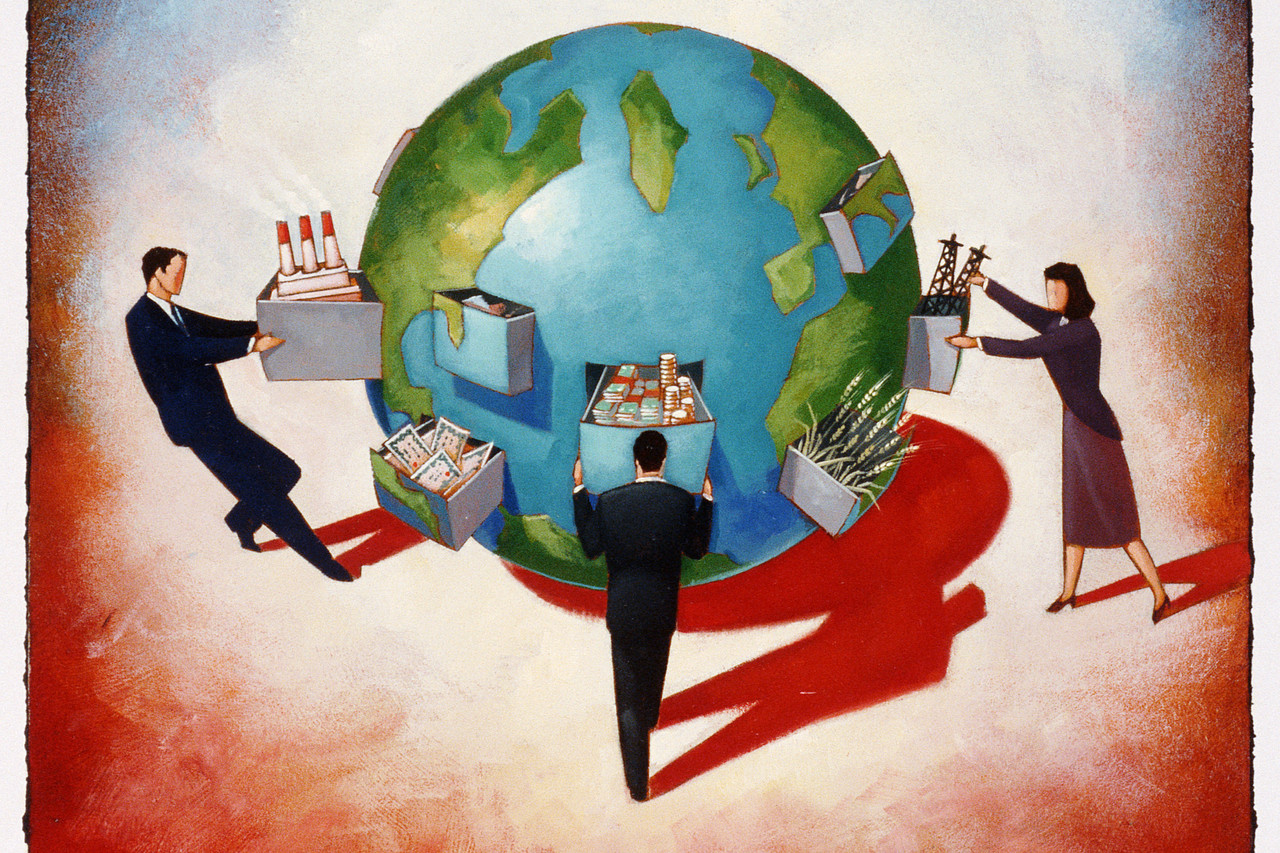Microeconomics is defined as the social science that investigates how individual and firm decisions affect the use and distribution of resources in the economy at the micro level.Microeconomics explains how commodities have different values and how individuals and firms benefit from effective production and exchange. Microeconomics provides a more detailed understanding. In addition to the fact that microeconomics deals with prices and production in markets and studies the interaction between different markets, leaving macroeconomics to study general economic cases, there are several tools that will be clarified in this article to achieve the objectives of microeconomics.
What are the tools of microeconomics?
Microeconomics is applied through two positive or normative meanings, so that one describes the economic behavior that exists on the ground and the other describes the economic behavior that must be followed when certain circumstances occur. To study microeconomics and to achieve its goals, there are important basic tools that are used. So what are the tools of microeconomics?
Supply and demand
The law or theory of supply and demand refers to the interaction between sellers and buyers in the market, and this theory determines the relationship between the price of a commodity or a specific product and the extent to which consumers are willing to buy or sell it. If prices fall, demand from consumers will increase and supply from sellers will decrease. The theory of supply and demand is based on each of the theories of demand and supply and their interaction in the market separately, and each of them will be clarified in the following paragraphs:
The supply
The quantity supplied of goods and services offered by producers in the market is referred to as supply, and the relationship between quantity supplied and price can be described in general as a direct relationship, which means that the higher the prices that producers can obtain, the quantity supplied of goods and services will rise.As a result, the supply curve, assuming the stability of other influences, is represented by an upward line from left to right, and its slope is an upward slope, as in Figure (1:1).

Figure (1:1)
The level of supply of goods or services is determined by the following:
- Prices of other goods and services.
- The relative revenues and costs of producing a good or service.
- technology.
- Producers’ goals and future expectations.
The demand
The law of demand indicates that the higher the prices of goods and services, the lower the demand for them by consumers; in other words, the higher the prices, the lower the quantities demanded.

Figure (1:2)
In general, demand is created by the needs of consumers. For example, consumers need essential goods and services, so the demand for them is high. Some consumers may demand other needs that may not be essential for others, so the demand for them is lower.
The level of demand for a good or service is determined by the following:
- Prices of substitute and complementary goods and services.
- Revenues.
- Consumer tastes and preferences.
- Future expectations.
Flexibility
Elasticity is an important concept in microeconomics, and it can be described as one of its tools. The concept of elasticity relates to the response between the quantity demanded or supplied and the change in price, so that if a slight change in prices leads to a significant change in the quantity demanded, this leads to saying that the price elasticity of demand is very elastic. Conversely, if the change in price has little or no effect on the quantity demanded, then it can be said that demand is very inelastic.
The concept of flexibility is also very important for producers, who have to estimate and anticipate the potential effects of their pricing strategies over time. In addition, price flexibility is important for government financial departments. as it has to model the effects of imposing sales taxes on both goods and services in order to forecast tax revenues later.
Opportunity cost
Opportunity cost is an important tool in microeconomics, as it refers to the benefits that individuals or investors can obtain when they choose or prefer one alternative over another. Opportunity cost analysis plays an important role in the economy, and to correctly assess the opportunity cost, the costs and benefits of all available options in the economy must be considered and compared to each other. to guide individual consumers and companies to make more beneficial and profitable decisions.
Read also: What is the difference between income tax and sales tax?



